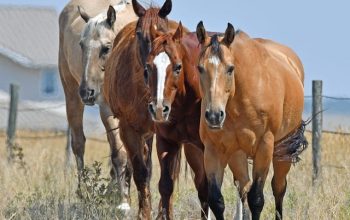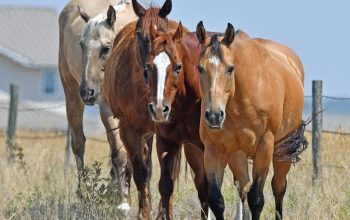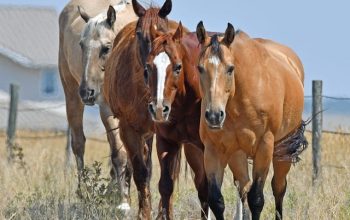For flat terrain, traditional post-and-rail fences made of steel or treated wood offer simplicity, durability, and customizable aesthetics. Even-structured land benefits from wood or vinyl rail fences for both appeal and functional separation. Fencing Farm styles in flat landscapes maximize natural light, optimize space, and merge harmoniously with the environment. Specialized slope-stable and step fencing techniques are crucial for hillside farming to manage livestock and prevent soil erosion.
Fencing plays a pivotal role in farming, defining boundaries, containing livestock, and enhancing landscape aesthetics. This article explores tailored fencing farm styles for diverse terrains, from flat landscapes to hilly areas and properties adjacent to water bodies. Discover the perfect balance between functionality and beauty as we navigate various challenges and opportunities presented by different environments. Learn about suitable fence types, installation methods, and innovative solutions that cater to the unique needs of mixed terrain farms.
- Fencing Farm Styles for Flat Terrain
- – Types of fences suitable for evenly structured land
- – Benefits and aesthetics of each style on flat landscapes
- Navigating Hillside Farming: Fencing Techniques
Fencing Farm Styles for Flat Terrain
For flat terrain, the focus shifts to creating a functional and aesthetically pleasing boundary that complements the open, even landscape. Traditional post-and-rail fences are a popular choice due to their simplicity and durability. These fences consist of vertical posts set at regular intervals, with horizontal rails spanning them, providing both security and a clean visual line. This style is not only effective in keeping livestock in check but also adds a touch of classic charm to the farm.
When it comes to materials, steel or wood are common options for flat terrain fencing farms. Steel fences offer longevity and resistance to rust, while wooden posts and rails can be treated to withstand the elements. Both can be customized with various colors and finishes to align with the farm’s aesthetic preferences, ensuring the fence blends seamlessly into the flat horizon.
– Types of fences suitable for evenly structured land
For evenly structured land, certain fencing farm styles stand out as ideal options. Linear and symmetrical plots often benefit from traditional fence types like wood or vinyl rail fences. These fences provide both aesthetic appeal and functional separation, creating a polished look for agricultural settings. The uniform nature of these fences complements the even terrain, allowing for clear demarcation of fields, animal enclosures, and other farm areas.
When considering fencing farm solutions for such terrains, it’s crucial to choose materials that align with the overall design and maintenance preferences. Wood, known for its natural beauty, requires regular treatment but offers classic charm. Vinyl, on the other hand, demands less upkeep and comes in various styles, allowing for customization to fit specific farm aesthetics. Both options effectively define spaces while contributing to the overall visual harmony of the evenly structured landscape.
– Benefits and aesthetics of each style on flat landscapes
On flat landscapes, fencing farm styles offer a delightful blend of functionality and aesthetic appeal. The fencing farm style, characterized by expansive, uninterrupted views, is particularly suited for these terrains. This open design not only promotes natural light penetration, enhancing plant growth, but also creates a visually stunning panorama that seamlessly integrates the farm with its surroundings. The absence of obstructions allows for strategic placement of key features like agricultural equipment and livestock areas, optimizing space utilization.
The aesthetic benefits extend beyond the functional. Flat terrain provides an ideal canvas to showcase the clean lines and uniform heights often associated with modern fencing farm styles. This uniformity contributes to a sense of order and tranquility, making it an attractive choice for those seeking a serene farming environment. Moreover, these styles can be effortlessly customized with vibrant floral borders or strategic tree placements to further enhance their visual appeal.
Navigating Hillside Farming: Fencing Techniques
Navigating Hillside Farming: Fencing Techniques
When it comes to hillside farming, effective fencing farm strategies are essential for managing livestock and protecting crops from erosion. The unique terrain presents challenges that require tailored solutions. One key technique involves installing slope-stable fences, designed to withstand inclines while preventing animals from accessing delicate areas. These specialized barriers often incorporate sturdy posts anchored into the earth and flexible wires or panels that conform to the contour of the land.
For steeper slopes, step fencing is a popular choice. This method involves constructing shorter, gradual fences that follow the natural lie of the hill. By breaking up the slope into manageable segments, this technique reduces pressure on the fence structure and minimizes the risk of erosion. Additionally, step fencing allows for easier access to various parts of the hillside, facilitating efficient farm management.
When it comes to fencing farm styles, understanding the unique challenges and opportunities presented by different terrains is key. For flat terrain, certain fence types enhance both functionality and aesthetics, while navigating hilly areas requires specialized techniques. By considering these variations, farmers can choose the perfect fencing solution for their land, ensuring efficient livestock management and a visually appealing landscape. Whether it’s a sprawling flatland or a winding hillside, the right fence can transform a farm into a harmonious blend of practicality and natural beauty.




